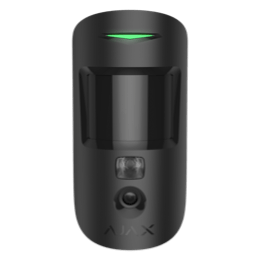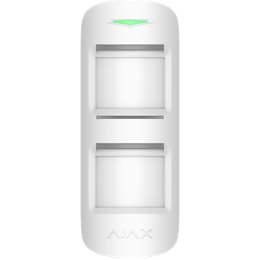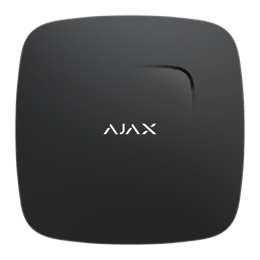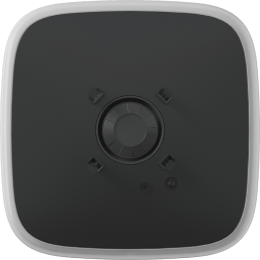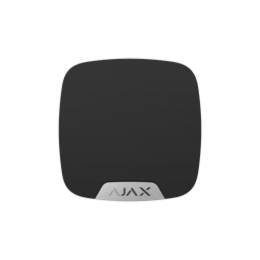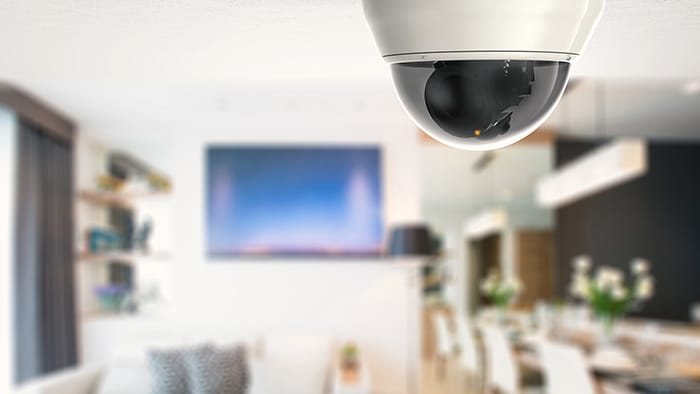How Ajax goes through the most ruthless quality control in the industry, Type 5 Certification Scheme

Among the complex audits of security systems, there is a champion — the Type 5 Certification Scheme. It has incorporated all the most stringent quality requirements and the most severe tests in the industry. The Scheme allows to get an uncompromising conclusion about the reliability of security devices and the stability of their production. It is feared and at the same time desired by all manufacturers of security systems in Europe, but not all of them pass it successfully.
Here is how the Scheme’s audit is arranged, and what it takes to pass it.
What is Type 5 Certification Scheme
Type 5 Certification Scheme is a certification system regulated by the European standard ISO/IEC 17067:2013. The Scheme provides the testing of randomly selected samples, as well as manufacturing control and audit of the company’s management system.

The photo was made on January 10, 2020, before the COVID-19 pandemic in Ukraine starts
«Scheme» is a set of rules, requirements and procedures for certification. There are several types of schemes:
- Type 1. Either one device or several devices from the same batch are tested. The quality statement applies only to this sample or batch, and manufacturing is not inspected.
- Type 2. Test devices are periodically selected from the open market, but the factory is still out of control.
- Type 3. Tests are carried out on several devices, all received from the manufacturer. The manufacturing is also evaluated.
- Type 4. Devices are selected on the open market, manufacturing inspection is carried out, but without a management system audit.
- Type 5. Devices for testing can be selected at the factory, taken from the warehouse, requested from the open market trade network. It is also the strictest manufacturing control and management system.
- Type 6. Certifies processes and services. Devices are never tested.
Type 5 Certification Scheme combines the complexities and challenges of each scheme — and this is what makes it the most formidable test in the industry.

The photo was made on January 10, 2020, before the COVID-19 pandemic in Ukraine starts
Who needs it and why
Type 5 Certification Scheme tells European distributors and security companies that a manufacturer is worth dealing with in the long run. If the manufacturer was given «fit» according to the Scheme, it means that it is capable of producing batches of new devices day after day, stably and with high quality, and absolutely any of them will comply with the standard.
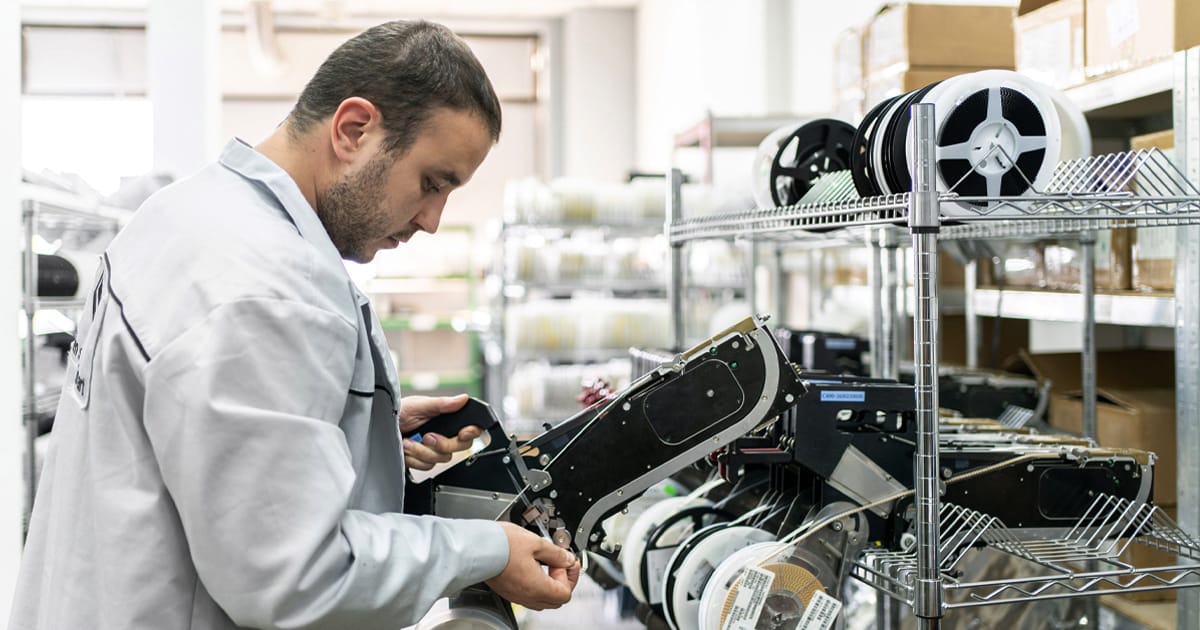
The photo was made on January 10, 2020, before the COVID-19 pandemic in Ukraine starts
In the early 2010s, after defective security devices from China appeared on the market, Europe began to pay more attention to the manufacturing control and the procedure for selecting devices for testing in the laboratory. In 2013, the current edition of ISO/IEC 17067:2013 appeared, which regulates the fifth scheme. Auditors consistently inspect each process in the plant, and randomly select devices for testing in the laboratory. This eliminates the possibility of fraud on the part of the manufacturer and convinces the market participants of the stability and quality of manufacturing.

Devices to be tested are randomly selected
Thanks to the Scheme, the European consumer gets reliable protection, the installer gets a system without defects, and the manager gets a good, right deal.
Who is responsible for auditing according to Type 5 Certification Scheme
ISO/IEC 17067:2013 certified by an independent product certification body. There are several bodies in Europe, but only two are recognized as the most authoritative — in the Czech Republic and Great Britain. Ajax security devices have a certificate of conformity issued by the accredited body Trezor Test (Czech Republic). Laboratories in which devices are tested, as well as audit companies that inspect the factory, must also be accredited. This is a limited number of European professional organizations, whose decisions and assessments are under intense scrutiny of all market players.

When security is art
Competitors are jealously monitoring certifications issued to rivals, and often initiating their own device tests that can lead to complaints. If the claims are confirmed, the organizations involved in the verification may lose their accreditations. The stakes are very high, so each stage of the Scheme is strictly regulated, and the final certificate is as justified as possible.
How the Type 5 Certification Scheme works
There are three main stops on the route of the Scheme, and it’s possible to say goodbye to the opportunity of getting a certificate at each of them.
Stop 1. Quality Management System Certification according to ISO 9001:2015. Before starting the process according to the Type 5 Certification Scheme, the manufacturer must take care of obtaining this certificate, having passed tests for compliance with this standard.
Stop 2. Test Centre, or Laboratory. Randomly selected samples are tested here. Ajax security devices are being tested in two Test Centers in the Czech Republic, TESTALARM and CMI.
Stop 3. Factory. Every year, the auditing company sends a team of auditors and technical specialists to the factory. It monitors the stability and continuous improvement of processes, as well as inspecting the company’s management system.

The laboratories are accredited to carry out tests according to standards for security systems
Test Centre
All Ajax security devices are tested for resistance to mechanical and climatic influences, as well as to external electromagnetic fields disturbances. All functional characteristics, the quality of radio contact, the possibility of affecting the operation of the device from the outside are checked. The lids are smashed with a hammer and opened with metal plates. The lenses are exposed to hot air, illuminated with halogen lamps, simulating sunlight. The tests are conducted over and over again to record the repeatability of the results. The device is placed in the humidity chamber for a whole month, and other tests can take six months. It is impossible to speed up the process, otherwise the laboratory risks its reputation and accreditation to conduct tests.
The test results are recorded in the protocols, which are examined by the certification body.
Read also: What are Grades and why is it so important for a security system to have them
Manufacturing control
Even before the start of the inspection, the auditors ask the manufacturer for a quality manual, which is sort of the constitution of the manufacturing quality system. Analyzing this document, the auditors understand how the manufacturing processes are arranged and come to the factory in order to confirm them.
Special attention is paid to test equipment, its correct and timely maintenance, as well as the objectivity of the recorded test results. The qualifications of the staff must be confirmed, diplomas are selectively scanned and then checked in state registers. The qualifications of the personnel must be constantly improved. The training system is audited and a set standard must be regularly confirmed. The manufacturing conditions must ensure that the staff perform their tasks well.

Smoke, poor lighting, vibration, increased noise are not allowed
All divisions of the company are mobilized during the audit. Auditors ask questions to R&D designers (are the boards and lids safe, are they reliable?), to the sellers (how do they build sales plans and communicate with consumers?). Auditors inspect the procurement department’s work (how is the supplier rating formed?). They are interested in the work of the support team and marketing department (how is the feedback from consumers implemented?), as well as the HR team (how is staff training carried out?).
During the audit, the commission needs to make sure that they are dealing with a real factory, and not a fake one built for the purpose to pass the manufacturing control. The auditing company ensures that the factory processes provide consistent quality in accordance with the requirements of the standards.
Type 5 Certification Scheme and Ajax
In June 2018, Ajax first received a certificate for compliance with European standards for security systems according to Type 5 Certification Scheme. The certificate is issued for three years, but every year the company undergoes a supervisory audit and periodic tests of devices, proving its worth. During the testing of devices and during manufacturing control, in Czech laboratories and at a Ukrainian factory, Ajax demonstrates compliance with the quality standard according to the Type 5 Certification Scheme.



